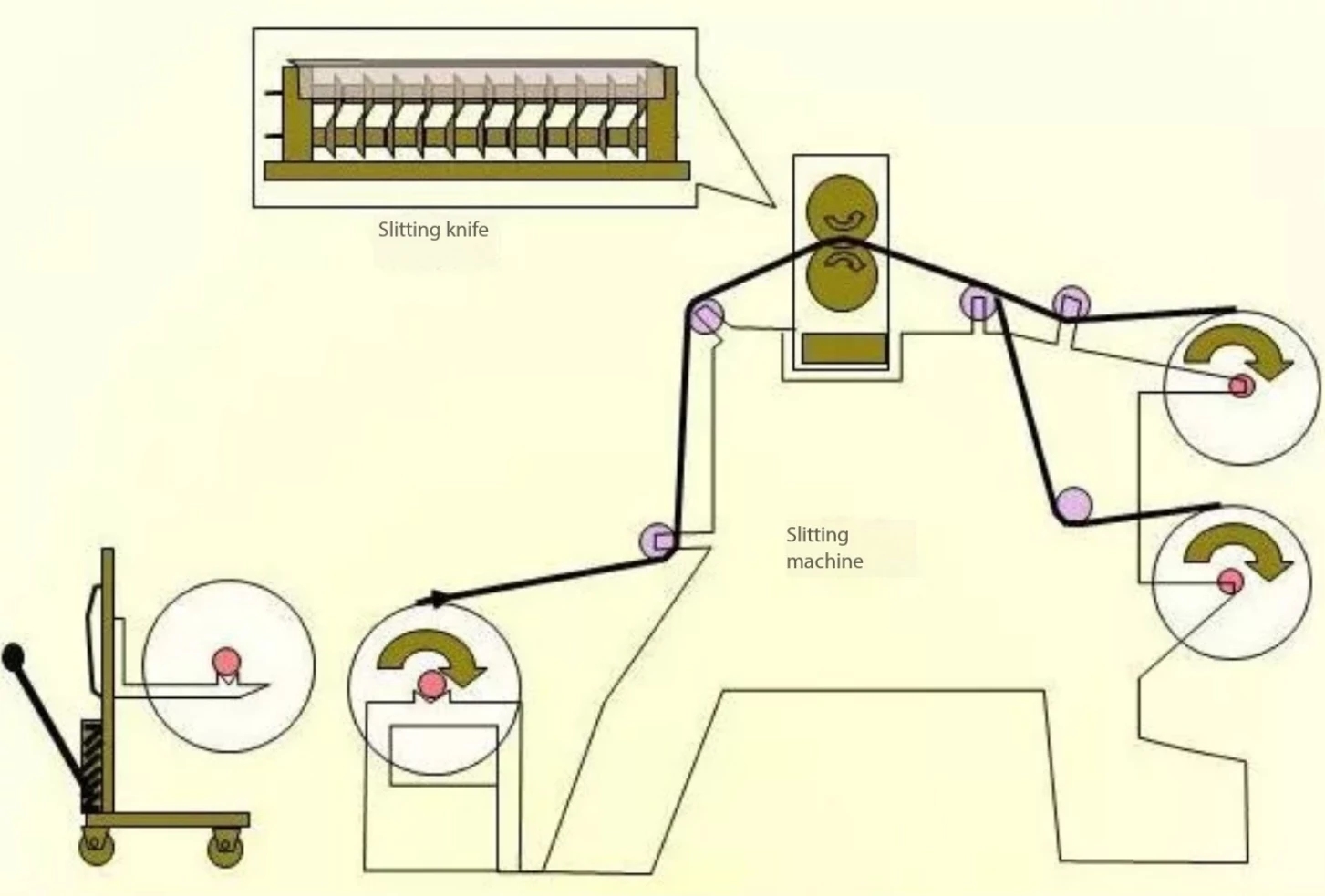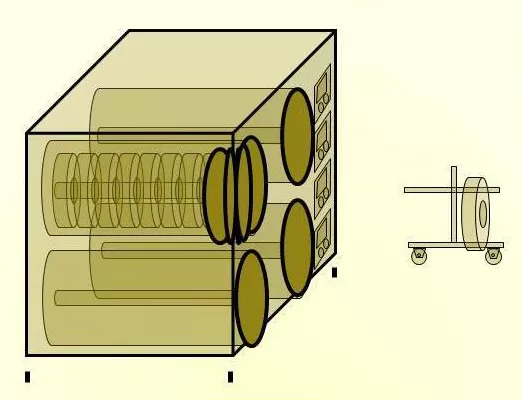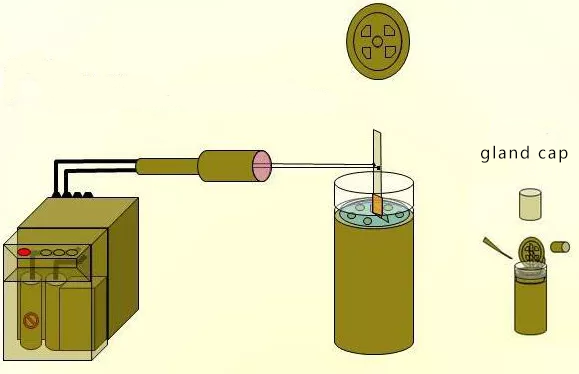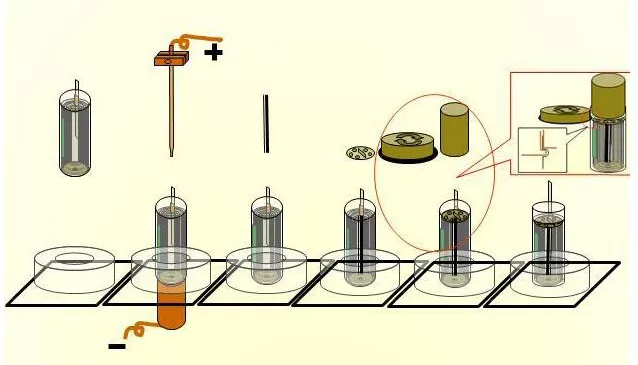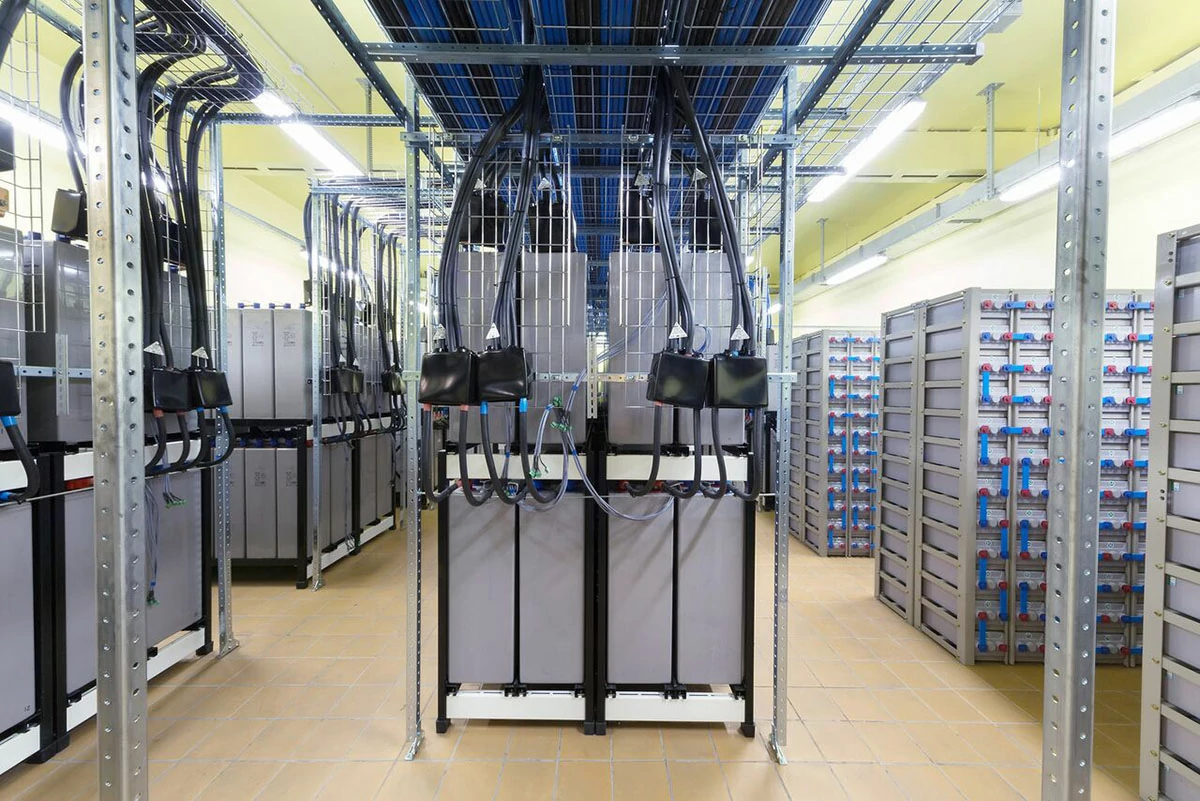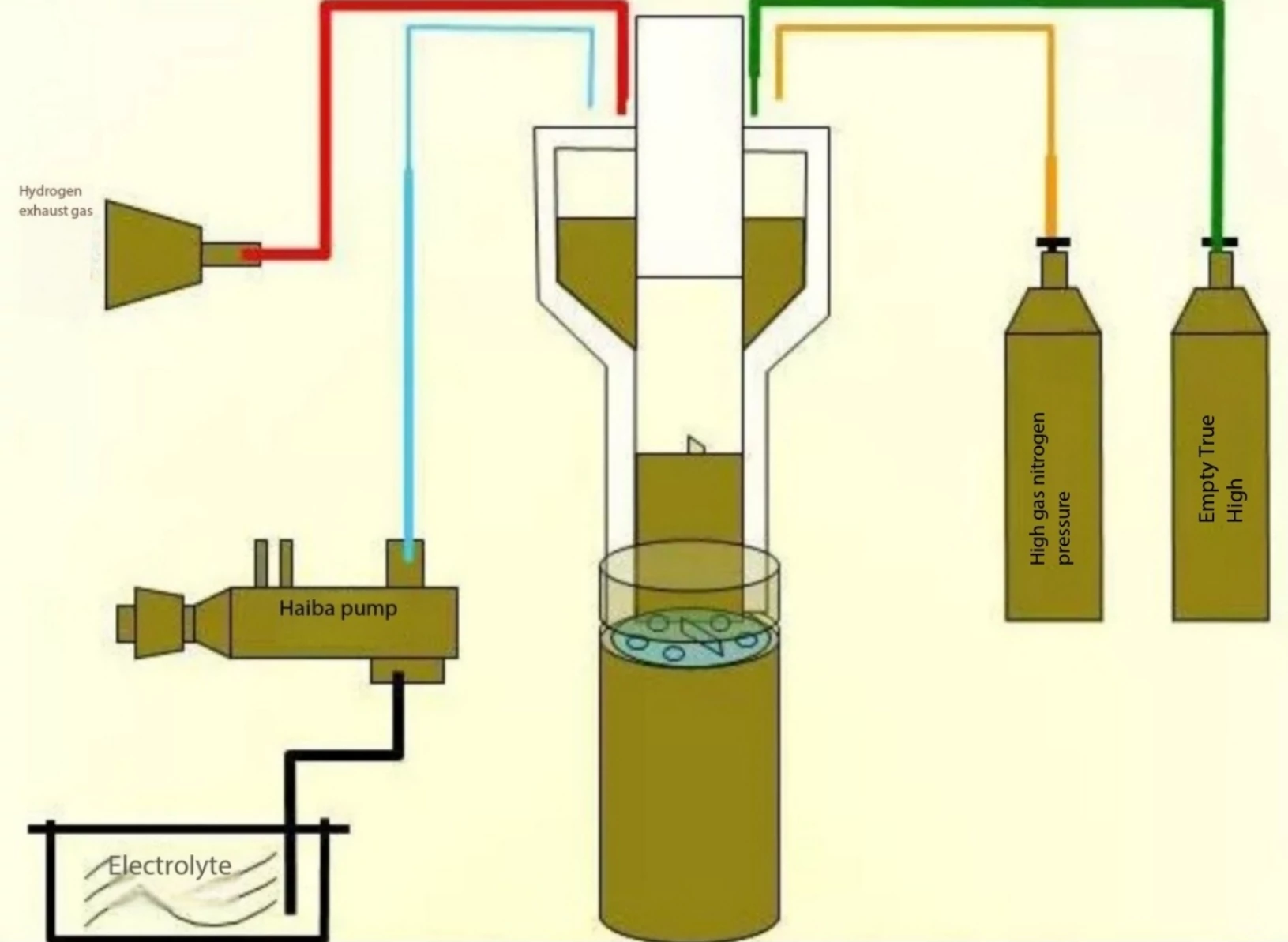Cut The slitting process in the production of lithium batteries...
apply
Lithium battery coating is a key step in the battery manufacturing process, which directly affects the energy density, cycle life and safety of the battery. The following is a detailed introduction to the lithium battery coating process:
Coating process overview
The coating process is the process of evenly coating a liquid coating on a substrate (such as aluminum foil or copper foil), which is dried or cured to form a film layer with a specific function. In the production of lithium batteries, this process is mainly used to manufacture positive and negative electrode materials.
Coating method classification
Transfer coating: A transfer coating machine consisting of a scraper, a coating roller, a back roll and a trough transfers the stock to a moving substrate. This process does not require high viscosity of the paste and is easy to adjust, but the coating speed is slow and the coating uniformity may be insufficient.
Extrusion coating: A special extrusion die is used to apply the paste along the slit to the moving substrate. This technology has the advantages of fast coating speed, high precision, uniform wet thickness, good adaptability to different slurries, but high equipment investment and high operating skill requirements.
Analysis of coating key parameters
Die gap: directly affects the width and uniformity of the coating, and appropriate adjustment can ensure the consistency of the coating.
Coating pump speed: affects the thickness and uniformity of the coating.
Coating drying temperature control: when the drying temperature is too low, it can not ensure that the pole sheet is completely dry; If the temperature is too high, it may be because the organic solvent inside the pole film evaporates too fast, the surface coating of the pole film cracks, falls off and other phenomena.
Coating surface density: If the coating surface density is too small, the battery capacity may not reach the nominal capacity; If the coating surface density is too large, it is easy to cause waste of ingredients, and if there is excessive positive electrode capacity in serious cases, it may cause safety hazards.
Coating size: Too small or too large coating size may cause the positive electrode inside the battery to not be completely covered by the negative electrode, affecting the battery performance.
Coating thickness: Too thin or too thick coating thickness will affect the subsequent electrode rolling process, and can not ensure the performance consistency of the battery electrode.
Coating process steps
Preparation of electrode materials: the positive electrode is generally composed of lithium iron phosphate, lithium cobalt oxide, etc., and the negative electrode is generally composed of graphite, tin and other materials.
Preparation of electrode slurry: the positive and negative electrode materials are ground and dispersed, and the binder, conductive agent, solvent, etc., is added to form a mixture of electrodes.
Coating: The electrode paste is coated on the electrode collector, the specific coating methods include scraping coating, rolling coating, etc. In the coating process, it is necessary to control the coating amount, coating speed, coating thickness and other parameters to ensure that the electrode is evenly coated.
Drying: The coated electrode is placed in the oven for drying, so that the solvent in the electrode evaporates, and the electrode material and binder are solidified. Drying conditions generally need to be controlled under the appropriate temperature and humidity to ensure the quality of the electrode.
Pressing: The dried electrode is stacked with a diaphragm and electrolyte to assemble a lithium-ion battery. During the pressing process, the electrode assembly needs to be added to the press for a certain pressure treatment to increase the contact area between the electrode and the diaphragm and the electrolyte, and improve the battery performance.
Shaping and cutting: After pressing, the electrodes need to be shaped and cut to meet the size requirements of lithium-ion batteries.
CONCLUSION
The coating process has a direct impact on the performance, production cost and qualification rate of lithium batteries, so it occupies a core position in the entire battery manufacturing process.
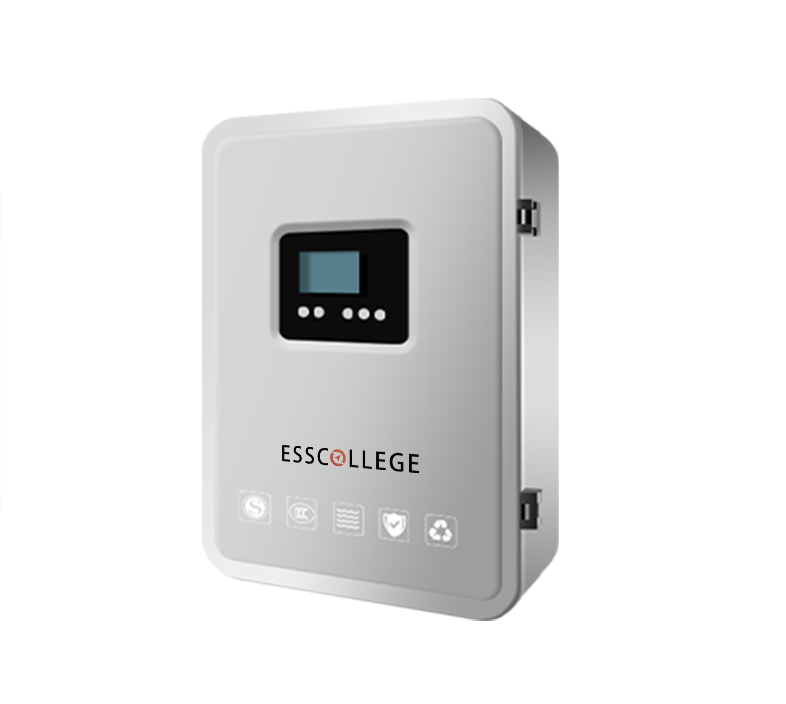
EPS BATTERY SERIES
The centralized power supply for fire emergency lighting is a kind of backup power supply equipment, which provides power guarantee for emergency lighting equipment to ensure that the on-site lighting equipment can operate normally in emergency situations such as fire. Provide a long-term backup power supply to meet the needs of the emergency lighting system.
Extended reading
Storage at normal temperature
Storage at normal temperature Lithium batteries need to follow specific...
THE ESSC Brand promise
Global supply
Our products sell well all over the world, covering many countries and regions, through the global logistics network, to provide customers with convenient purchasing experience.
Rigorous quality
We adhere to the highest quality control standards to ensure every product meets industry regulations and customer expectations, earning trust through consistent excellence.
Excellent service
With a customer-centric approach, we provide prompt responses, professional support, and personalized services, aiming to deliver the best user experience and long-term value.
